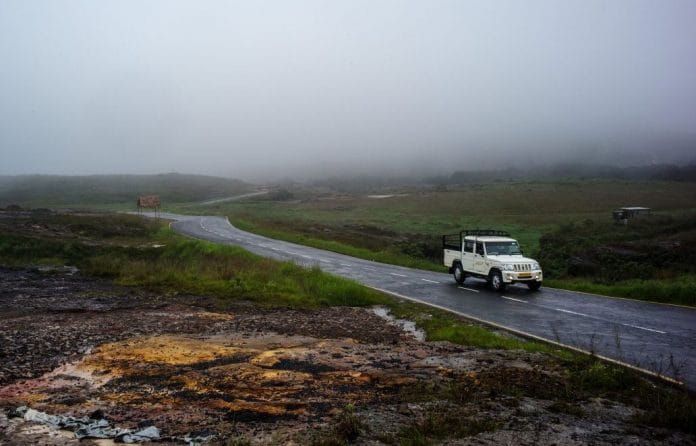Patterns of low pressure systems over Bay of Bengal will slowly reduce in intensity and frequency, Indian researchers from 5 institutes have found.
Bengaluru: An advanced climate model, developed by a group of Indian researchers from around the world, predicts an overall decline of 45 per cent in the monsoon rainfall in the long term, with severe repercussions.
In a paper published earlier this year in ‘Proceedings of National Academy of Sciences’ (PNAS), a leading scientific journal in the US, the team of scientists showed patterns of how low pressure systems that cause summer storms are formed.
The researchers came to the conclusion that in the long term, these systems, especially the ones that originate over the Bay of Bengal and dump moisture on land, will slowly reduce in intensity and frequency.
The model also shows these storms are slowly moving upwards in their sites of genesis, towards the poles, and will thus reduce overall summer precipitation in the country.
The team fed data into the newly developed model that forecasts summer climate patterns for the end of the century in India.
“Towards the end of the century, in the period 2070-2095, there is expected to be a 60 per cent decline in storms forming over the Bay of Bengal and about 10 per cent decline in the ones over land,” said R.S. Ajayamohan, one of the authors of the paper.
“And as the path of these systems shifts upward towards the poles, so does precipitation patterns on land,” the researcher added.
An overall decrease of 45 per cent in rainfall is to be expected, the paper says.
What are low pressure systems?
Low pressure systems form just the way tropical cyclones do. Over warm oceanic waters, the moist air gets warmed up and rises, creating a low pressure area below. Air from the surrounding high-pressure area rushes in to fill the void. This gets heated up in turn and rises, continuing the cycle. High above, water droplets in the moist air that cools form clouds.
This system of swirling and spinning clouds and wind grows in magnitude with the warmth and water from the ocean, causing cyclones.
However, during the monsoon, a phenomenon known as wind shear prevents cyclone formation. “A shear occurs when wind from a different and often perpendicular direction blows an existing system off course,” explained Ajayamohan.
“During the summer, strong westerlies (winds from the west towards the east) at about 1 km from the surface and easterlies at 10 km interfere with this moist air, bringing a large part of it on to land and dumping water there,” Ajayamohan added.
A similar mechanism works for dust storms that form over land as well, bringing in hot winds or loo.
As the birthplaces of these low pressure systems move towards the poles, so does the regions in which there is rainfall on land.
Researchers from five institutes — Center for Prototype Climate Modeling, New York University Abu Dhabi; Centre for Atmospheric Sciences, IIT-Delhi; Department of Earth and Planetary Science, University of California, Berkeley; Climate and Ecosystem Sciences Division, Lawrence Berkeley National Laboratory, Berkeley; and Centre for Climate Change Research, Indian Institute of Tropical Meteorology, Pune — contributed to the paper.






